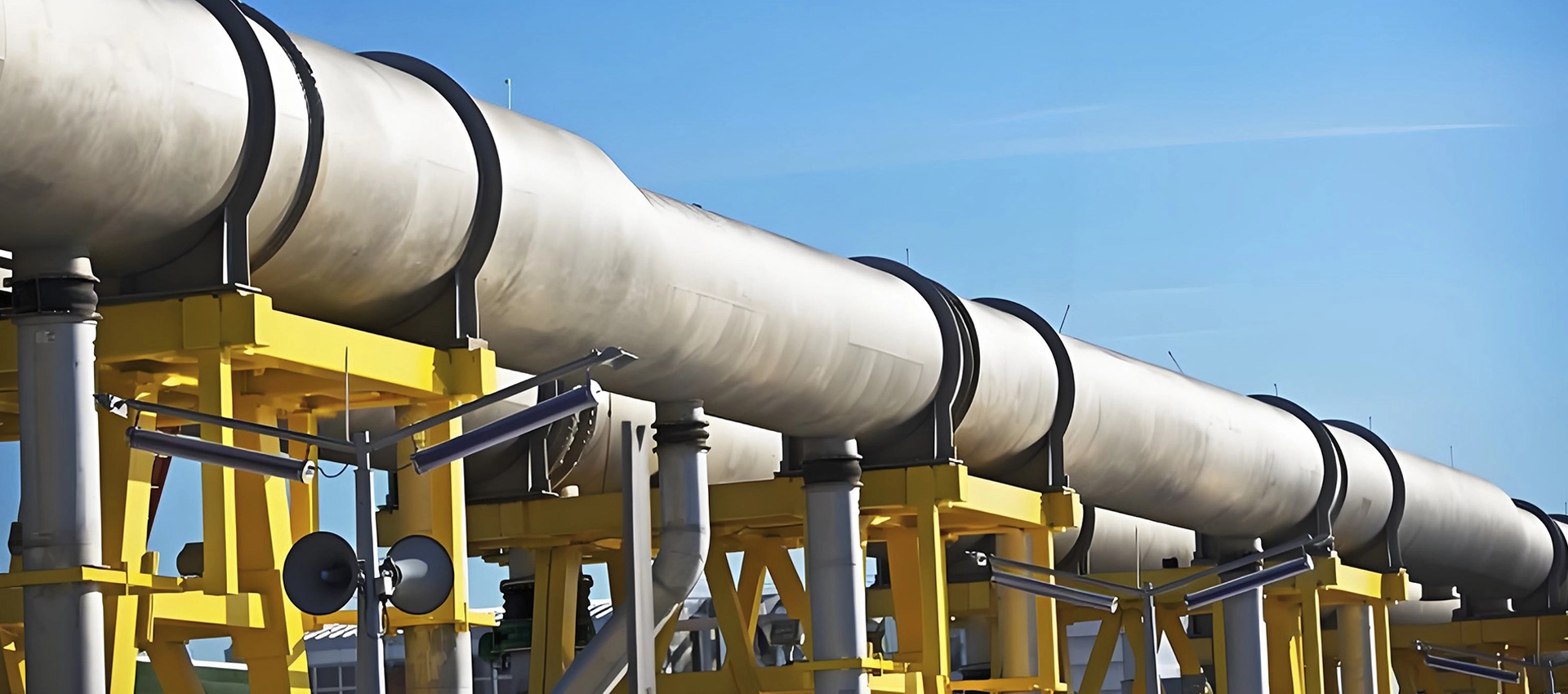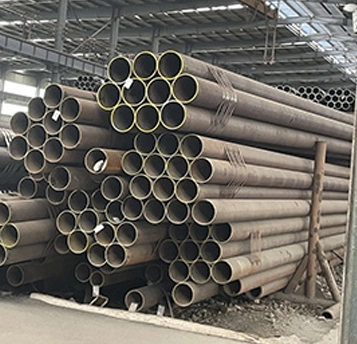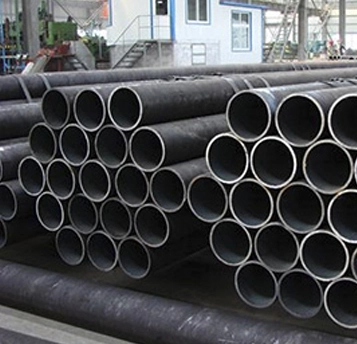Standard Grade of ASTM A179 pipes
ASTM A179 specifies seamless cold-drawn low-carbon steel tubes for heat exchangers and condensers. It is widely used in applications requiring efficient heat transfer and corrosion resistance.
Material Grade of ASTM A179 pipes
The material grade for ASTM A179 is low-carbon steel, specifically designed for high thermal conductivity and durability in heat exchange applications.
Chemical Composition of ASTM A179 pipes
The chemical composition includes carbon (0.06-0.18%), manganese (0.27-0.63%), phosphorus (≤0.035%), and sulfur (≤0.035%). These elements ensure strength and resistance to corrosion.
Mechanical Properties of ASTM A179 pipes
ASTM A179 tubes have a minimum tensile strength of 325 MPa and a yield strength of 180 MPa. These properties ensure reliability under high-pressure and high-temperature conditions.

 EN
EN








